Equipment
Equipment rewind: A deep dive into the Cleveland HiBore driver legacy
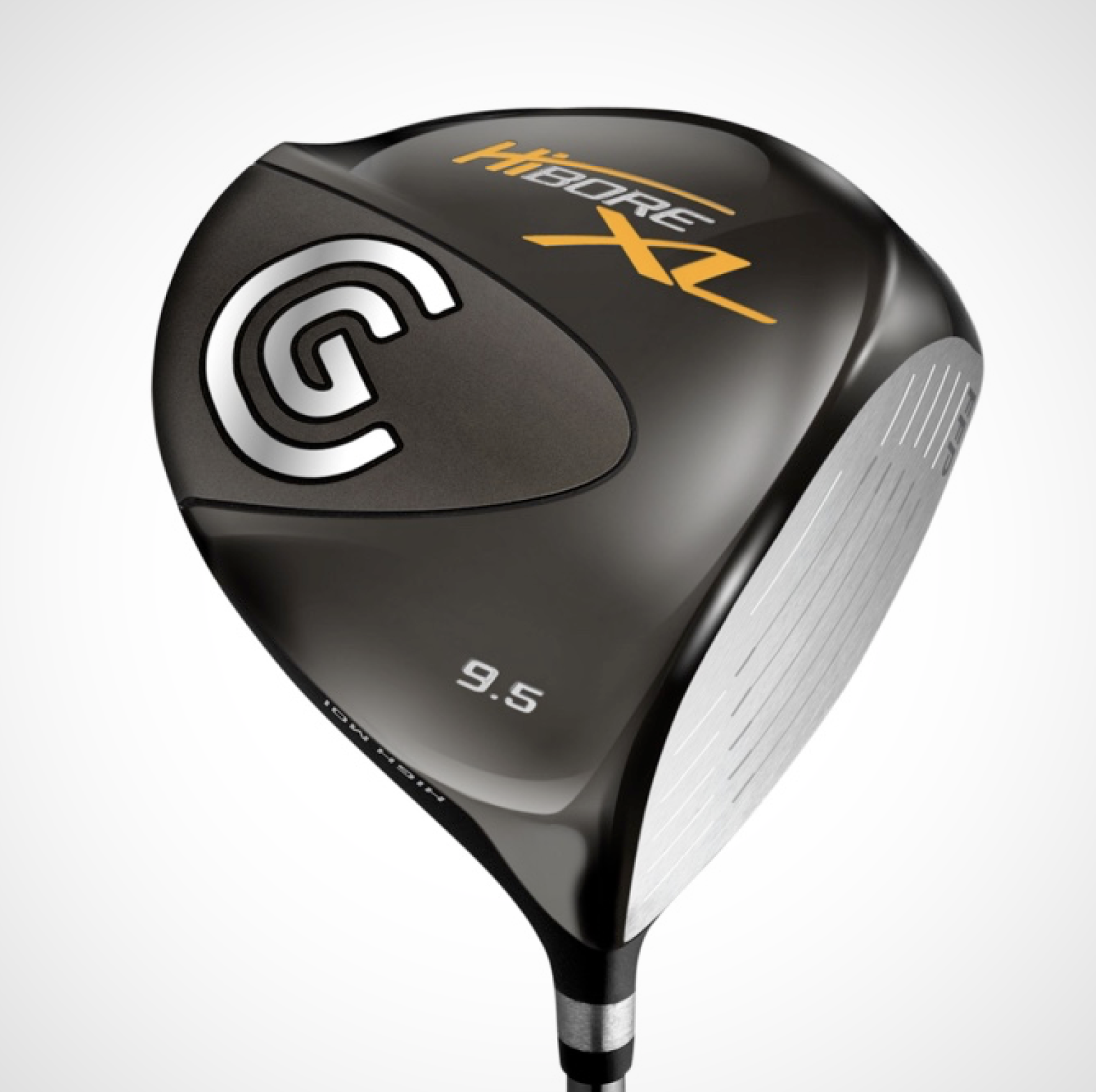
I have always been fascinated by product development, specifically the development of unconventional products. Now in the world of golf clubs, one of the most unconventional designs ever introduced was the Cleveland HiBore driver, which during its lifespan, experienced tremendous success through a number of generations, including the HiBore XL, XLS, and finally, the Monster XLS, which, as you may remember, hid the acronym “MOI” on the sole, alluding to its massive level of forgiveness.
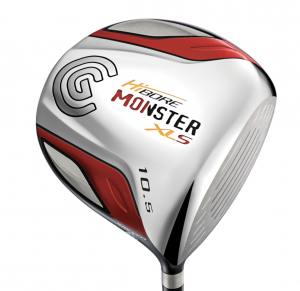
As a golfer, I played the original HiBore, along with the XL Tour for a period of time and was always curious about the story behind the “scooped out crown.” In a search for answers, I reached out to Cleveland-Srixon to get the lowdown on the HiBore and discuss where it sits in the pantheon of drivers.
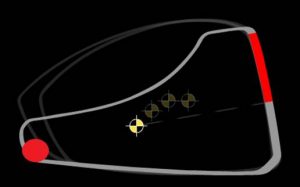
Ryan Barath: Considering how engineers are continuing to do everything they can to increase MOI and push the center of gravity low and deep in driver heads, it feels like the original HiBore and the subsequent models were well ahead of their time from a design perspective.
It makes logical sense the best way to save weight from the crown is to make the crown “disappear” compared to traditionally shaped drivers, am I correct in assuming that?
Cleveland design team: You nailed it.
At the time of the HiBore, there were really only two solutions to create a low and deep center of gravity:
-
- Make the crown lighter – by either replacing the crown with a lighter-weight material such as a graphite composite or magnesium or by thinning out the material on the crown. Thinner crowns were possible thanks to advances in casting technology and using etching techniques to remove material.
- Make the driver shallower – this change in geometry created a very forgiving low profile design, but the downside to this was that you ended up with a very small face that looked intimidating compared to the larger-faced drivers on the market.
The HiBore took a new approach and inverted the crown geometry so that all the crown weight was moved lower. By inverting the crown the HiBore design allowed for a very long and flat sole, therefore there was space in the head that was really low and deep to put the weight.

The HiBore was really the first driver to eliminate, or nearly eliminate the tapered skirt. Almost every modern driver in the market is inspired by the HiBore in that respect. It was a two-part solution where we lowered the weight of the crown and simultaneously created a low/deep location to put any extra mass.
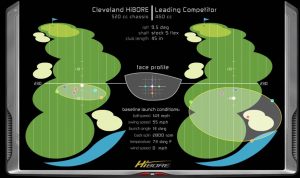
The lower and deeper CG of the HiBore improved launch conditions significantly, but also made the driver much more consistent across the entire face. The deep CG increased MOI resulting in tighter dispersion since the sweet spot was in the center of the face. Misses both low and high performed exceptionally as opposed to having a small hot spot high on the face.
RB: In every conversation I have ever had with engineers, there is always this give-and-take mentality from a design perspective to get to the final iteration. Was there anything that was given up or sacrificed for overall performance with this design?
Cleveland design team: The hardest part about the HiBore design was the sound. Prior to the HiBore, internal ribbing in a hollow golf club head was nearly unheard of. To make the HiBore sound acceptable, we had to design a ribbing structure to control the sound and design an entirely new manufacturing process to produce those internal ribs. To this day, most drivers include some form of internal ribbing to control sound or improve ball speed and that ribbing technology can be traced back to the HiBore.
In terms of tradeoffs, the major one was the low spin nature of the driver made it more difficult for low spin players to use. If a golfer is already low spin, this club would be too low and drives would just fall out of the air. Low spin golfers tend to be low spin because they hit the ball high on the face. Since we lowered the sweet spot, a high face impact was further from the sweet spot so ball speed fell as compared to a higher CG driver. Fortunately for us, in that era most golfers were fighting too much spin or way too much spin, this wasn’t a real issue.
RB: Do you have any final words on the HiBore drivers and the legacy they have left behind?
Cleveland design team: We are very proud of the HiBore driver family and the success it had at the time, but we are also proud of its legacy.
In the same way that you can trace nearly every modern band back to the Beatles or Led Zeppelin, you can trace nearly every modern driver back to HiBore either through the internal structure that is prolific across modern drivers, or the long, flat sole that is a must-have in a high-performance driver.
- LIKE137
- LEGIT20
- WOW16
- LOL4
- IDHT2
- FLOP2
- OB2
- SHANK5
Equipment
A shocking Backstryke putter appearance + 7 interesting gear photos from the Zurich Classic
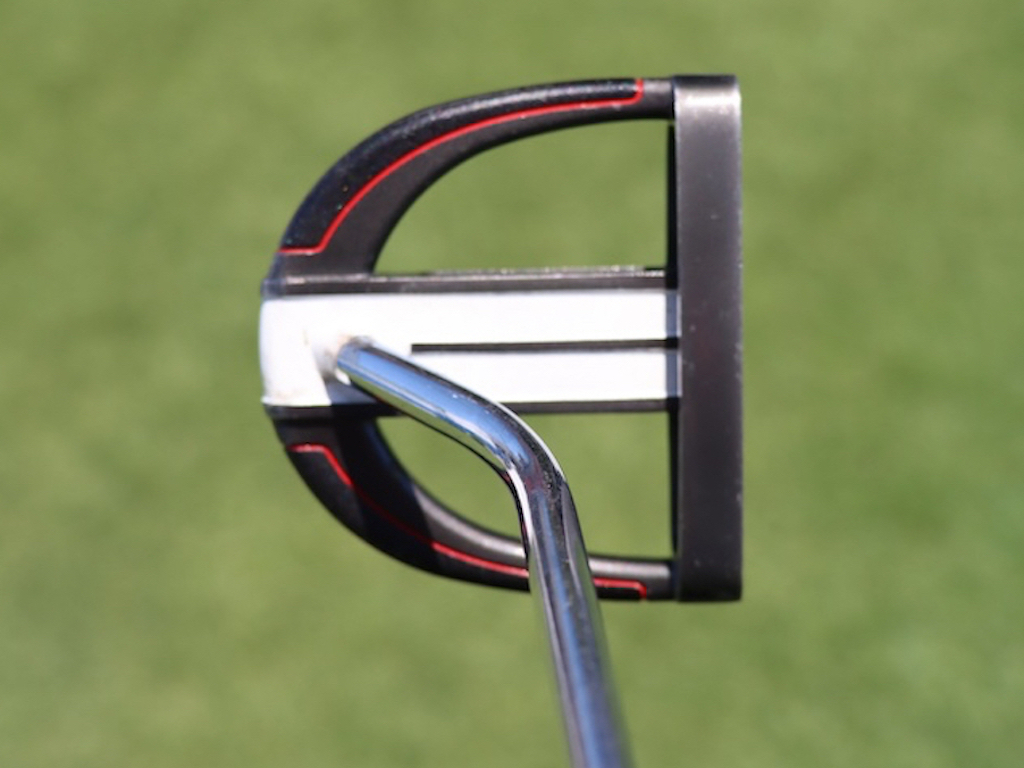
Welcome to New Orleans, where TPC Louisiana plays host to the 2024 Zurich Classic. In between breakfast beignets and nightly Creole feasts, PGA Tour players are also competing in the unique two-man format at the Zurich this week.
Although the vibes in Nawlins are a bit lighter-fare than the recent back-to-back competitions the Masters and the RBC Heritage signature event), the gear news was no less serious this week.
We spotted some recent changes from Rory McIlroy, a very rare Odyssey Backstryke putter, dove into the bag of legendary New Orleans Saints quarterback Drew Brees, and spotted Patrick Cantlay continuing to test new equipment.
Get your beads out and crack your crawfish, because it’s time for an equipment rundown from The Big Easy (meaning New Orleans, of course, not Ernie Els).
See all of our photos from the Zurich Classic here
Rory’s on-and-off lob wedge
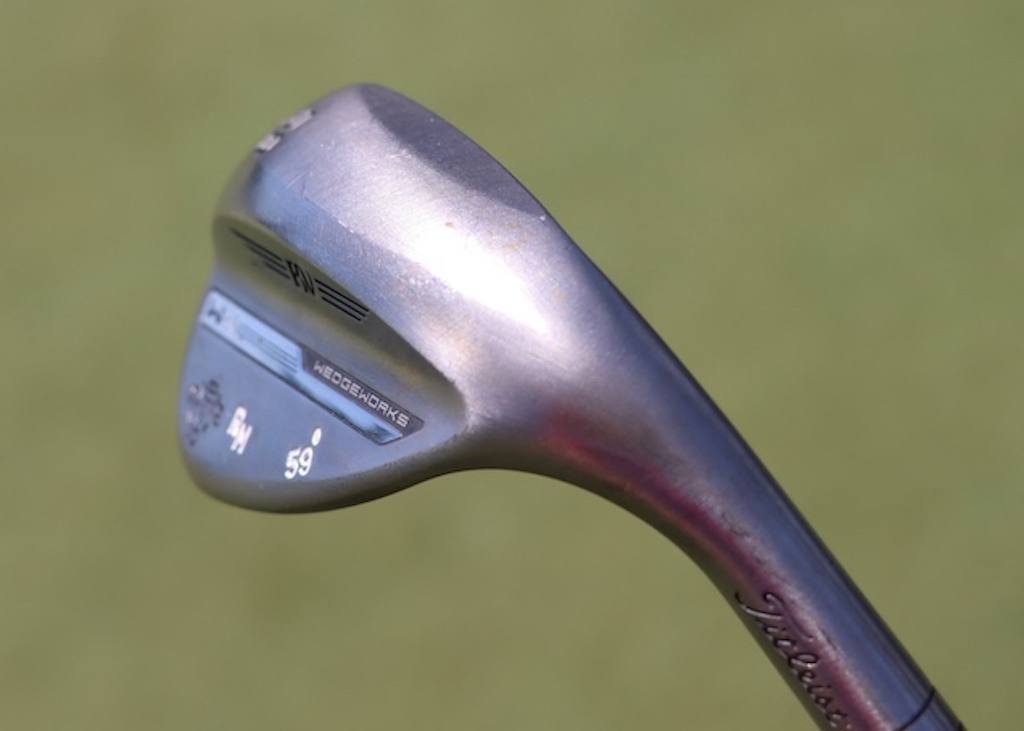
Since the end of 2023, Rory McIlroy has had an on-again, off-again relationship with a Titleist Vokey K-Grind lob wedge. In his last start, it was on, and the wedge is back in the bag again this week. We got a great look at the complicated grind that McIlroy uses.
View this post on Instagram
A full look into McIlroy’s bag above also shows that he switched out of the TaylorMade BRNR Mini Copper that he used at the RBC Heritage, and he’s back into the Qi10 core 3-wood. As we discussed last week, McIlroy will likely keep the BRNR around as a course-specific club, trading it in and out for the 3-wood.
See Rory McIlroy’s full 2024 WITB from the Zurich here
Turning Back the clock
Unless Tommy Gainey is in the field, it’s unlikely you’ll ever see Odyssey’s Backstryke technology make an appearance on the PGA Tour.
But then, when you least expect it, Russ Cochran shows up.
For more than a decade – since the 2013 Sony Open in Hawai’i – Cochran has been stuck on 599 PGA Tour starts. This week will be his 600th.
Cochran is in the field at the Zurich this week playing alongside Eric Cole, whose regular caddie is Reed Cochran, Russ’s son.
The Backstryke putter was first released back in 2010, and its unique design helps shift the axis point of the putter closer to the CG of the head. And, the putter is getting a nod this week at the Zurich Classic, thanks to Cochran’s 600th career PGA Tour start.
The putter is certainly awesome, but don’t forget to check out Cochran’s full WITB from this week.
Drew Brees with a Super Bowl winning Scotty Cameron putter
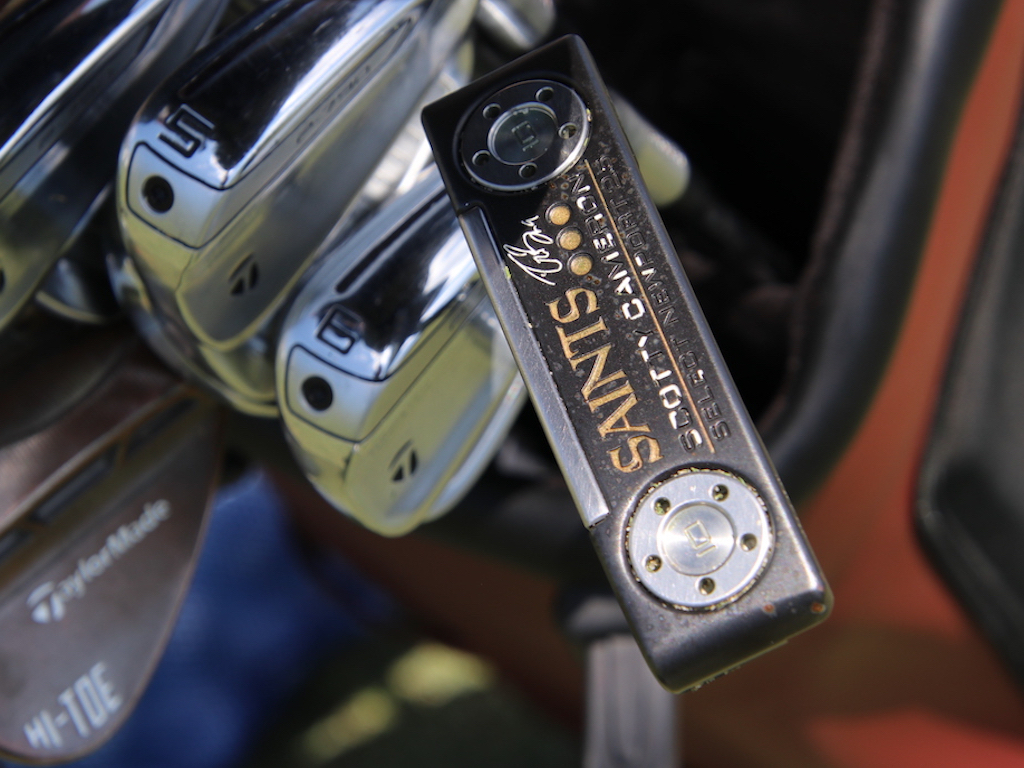
Drew Brees, a legendary retired quarterback for the hometown New Orleans Saints, made an appearance at the Zurich’s Wednesday Pro-Am, playing alongside Zach Johnson, Ryan Palmer, and current Saints QB Derek Carr.
Brees’ bag included a TaylorMade Stealth2 Plus driver, a BRNR Mini 13.5-degree, a Stealth 5-wood, a mixed set of P-790 and P-760 irons, Milled Grind Hi-Toe wedges, and a custom Scotty Cameron “New Orleans Saints” putter, which Scotty made for Brees following his Super Bowl MVP-winning performance in 2010.
View this post on Instagram
It should also be noted that Brees has his Venmo QR code as a bag tag.
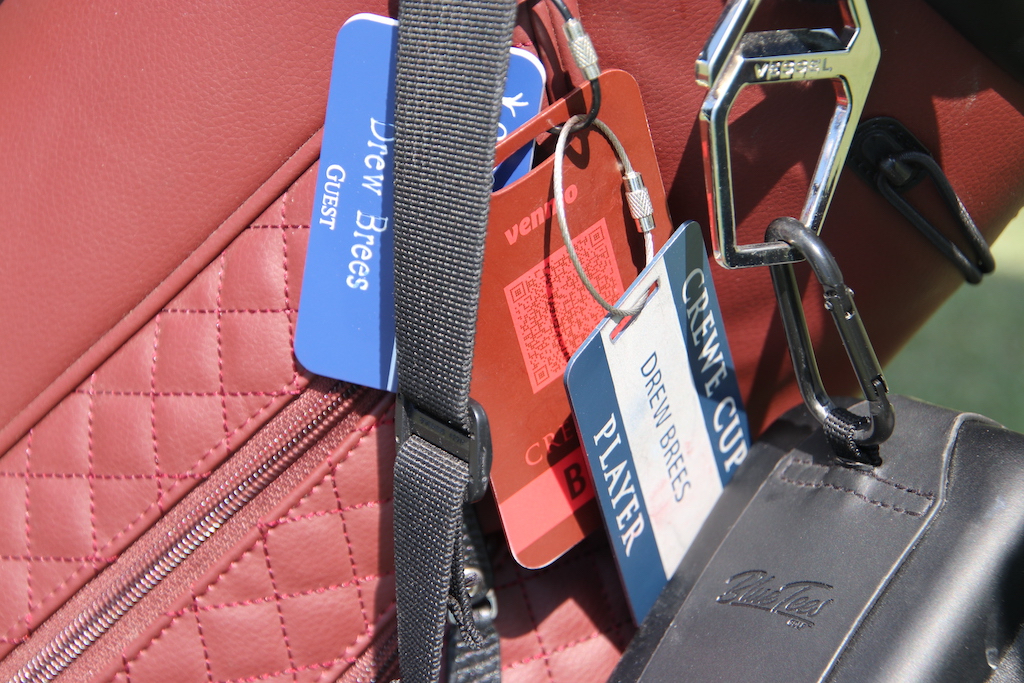
If you’re gambling with Brees on the course, just know that not having cash won’t work as an excuse.
Brilliant.
See Drew Brees’ full WITB from the Zurich here
Stricker’s unrecognizable putter
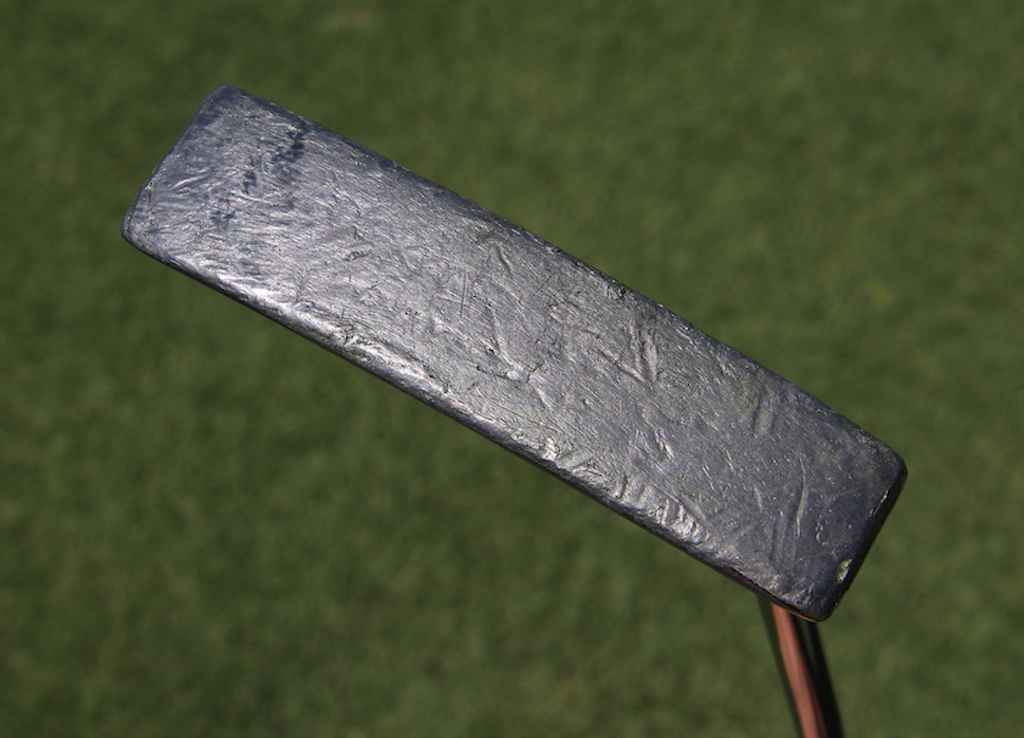
Steve Stricker has made numerous upgrades to his bag recently, including a new TSR3 driver and T100 irons, but his longtime Odyssey White Hot No. 2 putter is still going strong. It’s the most recognizable unrecognizable putter ever.
Here’s a better look at Stricker’s flatstick, which he started using back in 2007.
View this post on Instagram
Patrick Cantlay has opened the equipment-switching floodgates
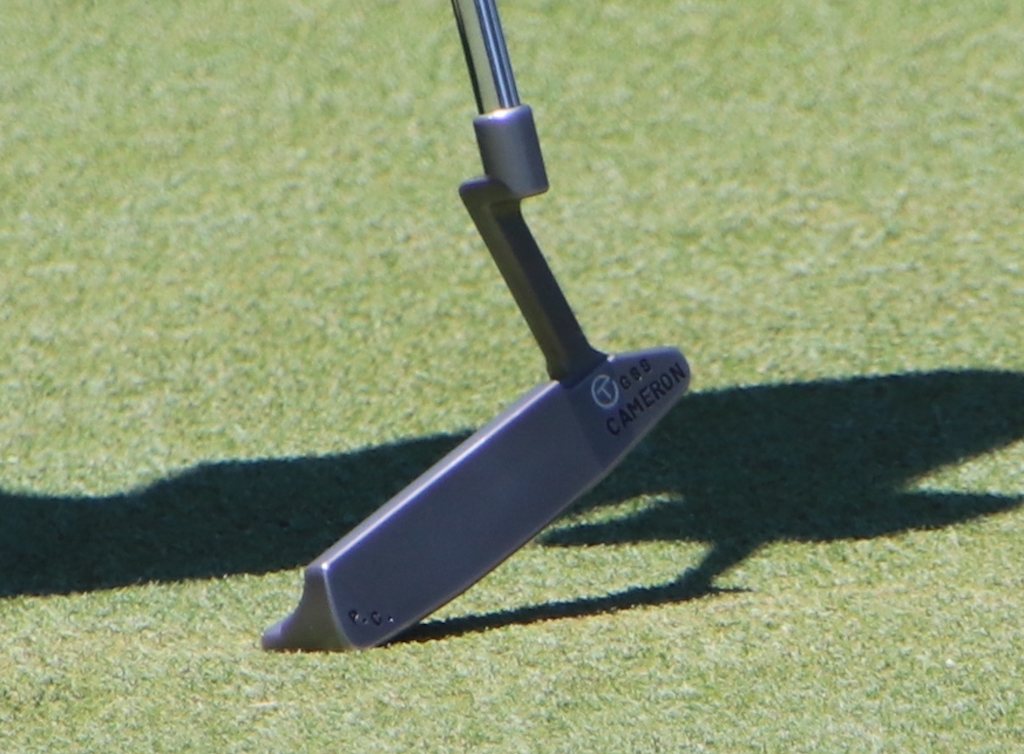
Over on the PGA Tour’s Equipment Report this week, we covered Cantlay’s recent switch into Ping Blueprint S irons, and a Titleist TSR2 driver.
Cantlay hadn’t switched irons for about seven years, so the iron switch he made at The 2024 Masters came as a shock to the norm. He simply isn’t one to change gear very often, so anytime Cantlay makes a switch, it’s news.
It seems the floodgates of equipment testing have opened up a bit for Cantlay, who was also spotted testing a custom Scotty Cameron blade putter on Tuesday this week. By Wednesday, Cantlay was back practicing with his familiar Scotty Cameron T5 Proto mallet, but it’s certainly something to keep an eye on going forward.
Daniel Berger’s custom Jailbird site lines
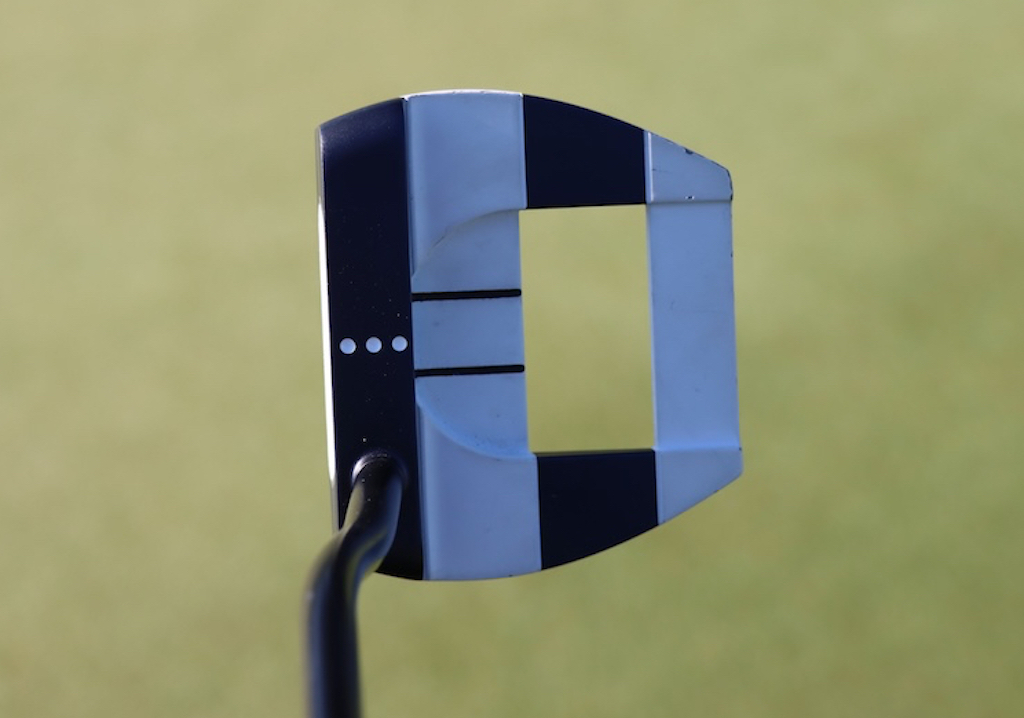
Berger, who’s currently using Odyssey’s Ai-One Mini Jailbird mallet putter, has a unique 3-dot, 2-line alignment on the crown of his navy-white-navy-white mallet putter. Looking down at the putter, it’s easy to see why this alignment system would help; it just seems impossible to set up to the ball off-center, or misaligned to the target.
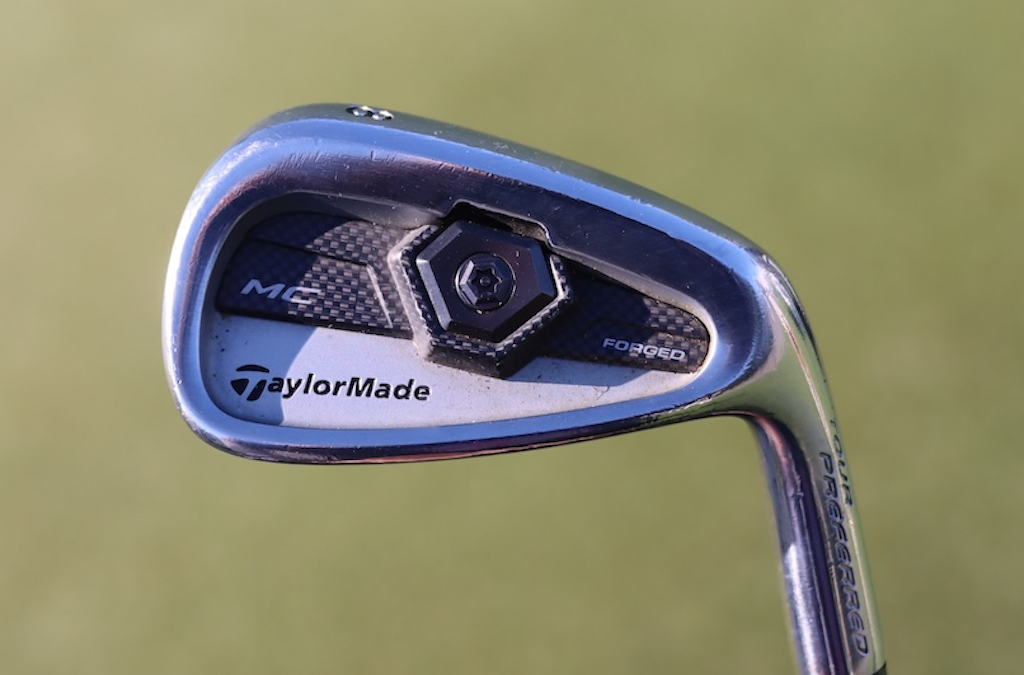
Also, for anyone worried, you can rest easy. Yes, he’s still playing the 2013 TaylorMade TP MC irons, which we highlighted in our recent “Modern Classics: Old vs. New” video testing series.
FitzMagic teams back up
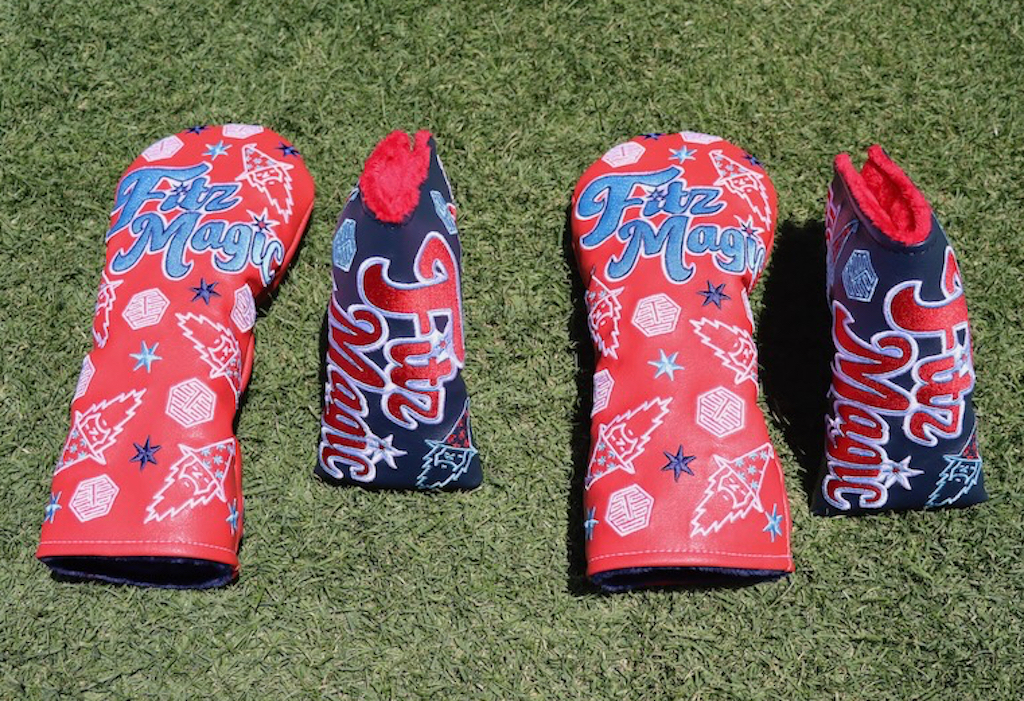
Brothers Matthew and Alex Fitzpatrick are teaming up once again at the Zurich this year, and Bettinardi Golf hooked them up with some festive “FitzMagic” headcovers to match this week.
See what else is in Alex Fitzpatrick’s WITB here
And, with that, we say goodbye to the Zurich Classic in New Orleans. Don’t forget to check out all of our photos from this week, including 30 unique photo galleries full of equipment photos.
We’ll see you next week in Texas for the 2024 CJ Cup Byron Nelson!
- LIKE8
- LEGIT0
- WOW0
- LOL0
- IDHT0
- FLOP0
- OB0
- SHANK0
Whats in the Bag
Alejandro Tosti WITB 2024 (April)
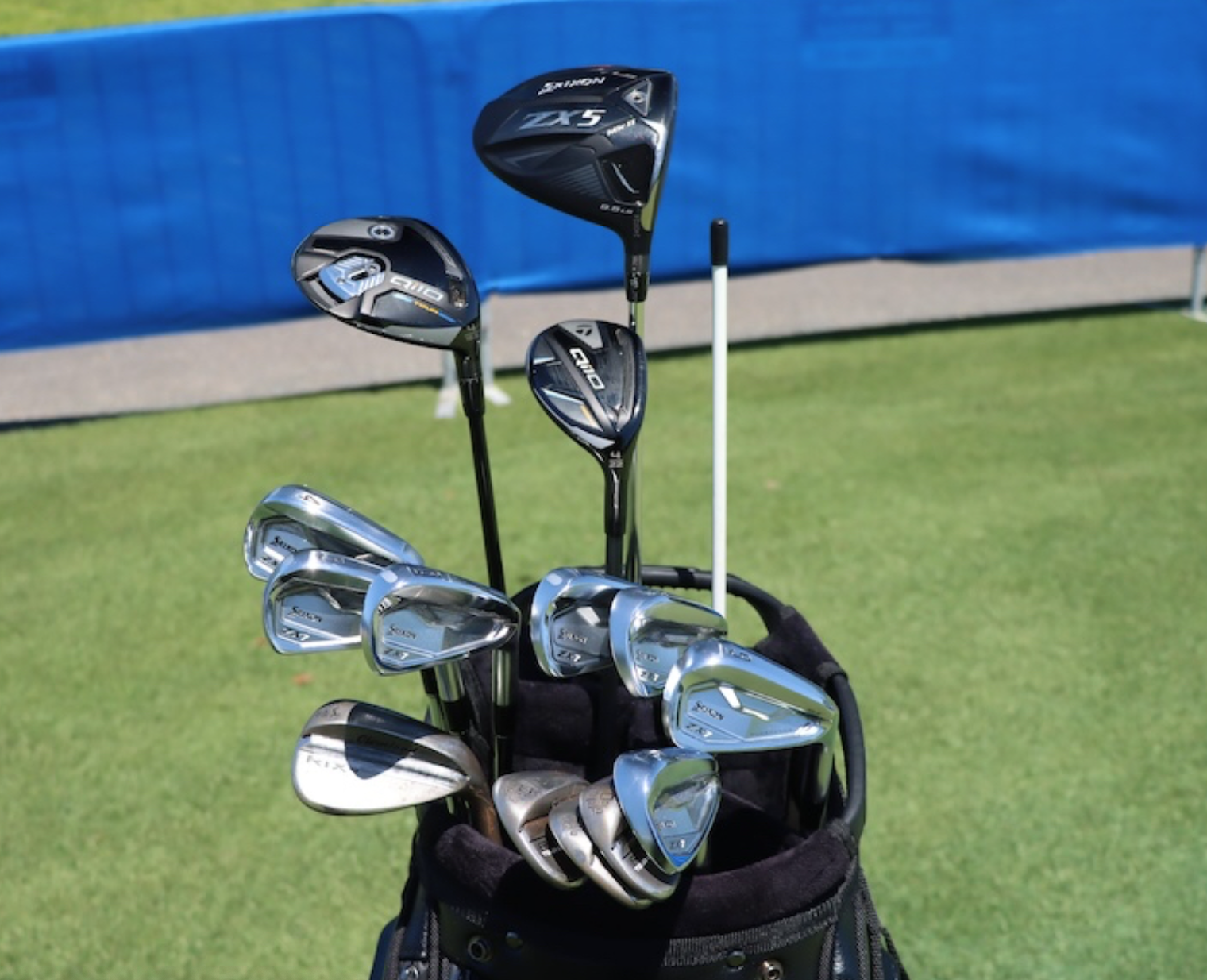
- Alejandro Tosti what’s in the bag accurate as of the Zurich Classic.
Driver: Srixon ZX5 Mk II LS (9.5 degrees @10.5)
Shaft: Project X HZRDUS T1100 75 6.5
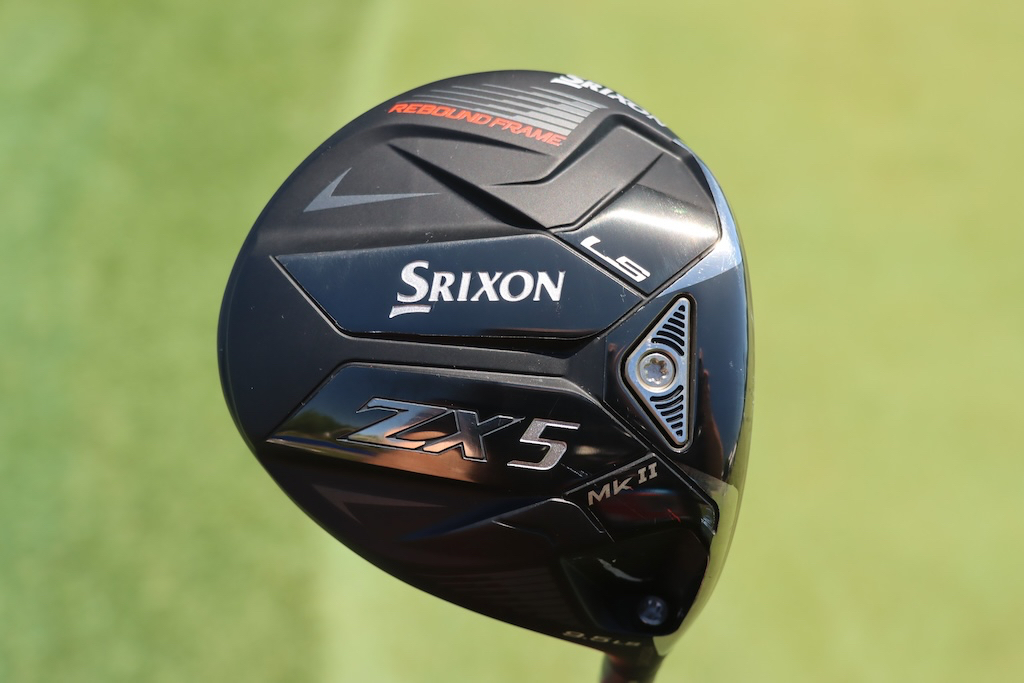
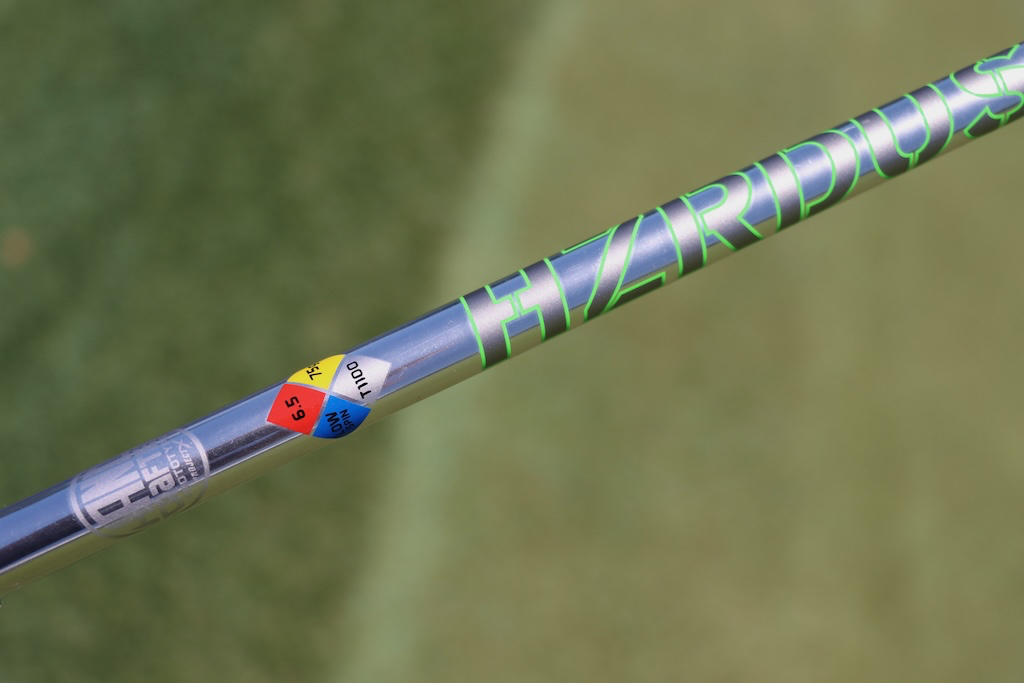
3-wood: TaylorMade Qi10 Tour
Shaft: Project X HZRDUS Black 80 TX
Hybrid: TaylorMade Qi10 Tour Rescue (22 degrees)
Shaft: Project X HZRDUS Smoke Black RDX 6.5 100
Irons: Srixon ZX7 Mk II (4-PW)
Shafts: True Temper Dynamic Gold Mid Tour Issue X100
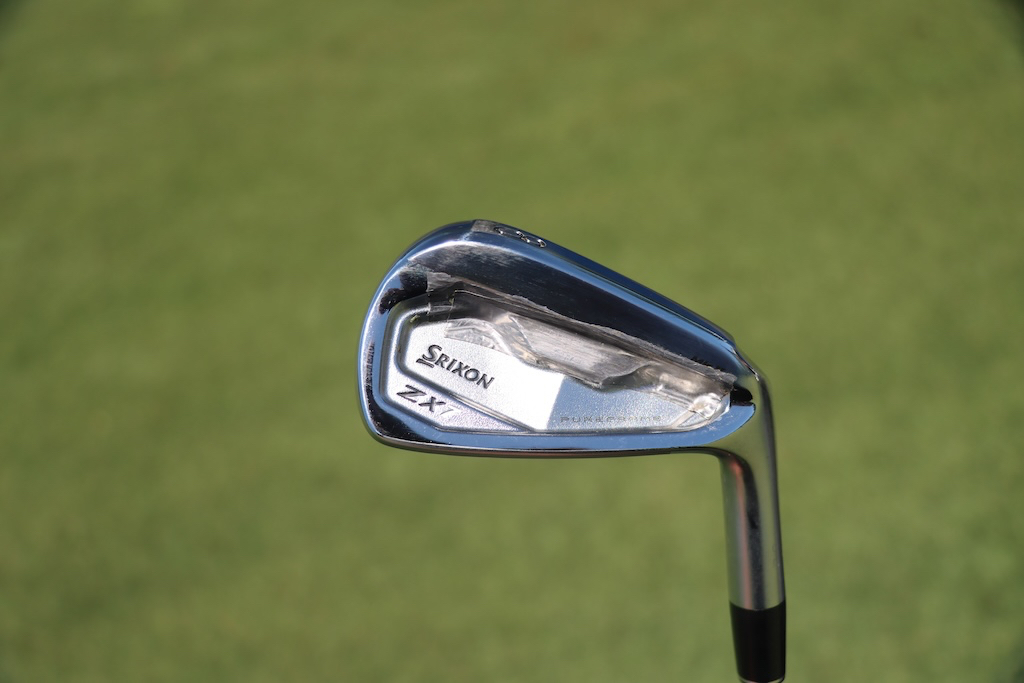
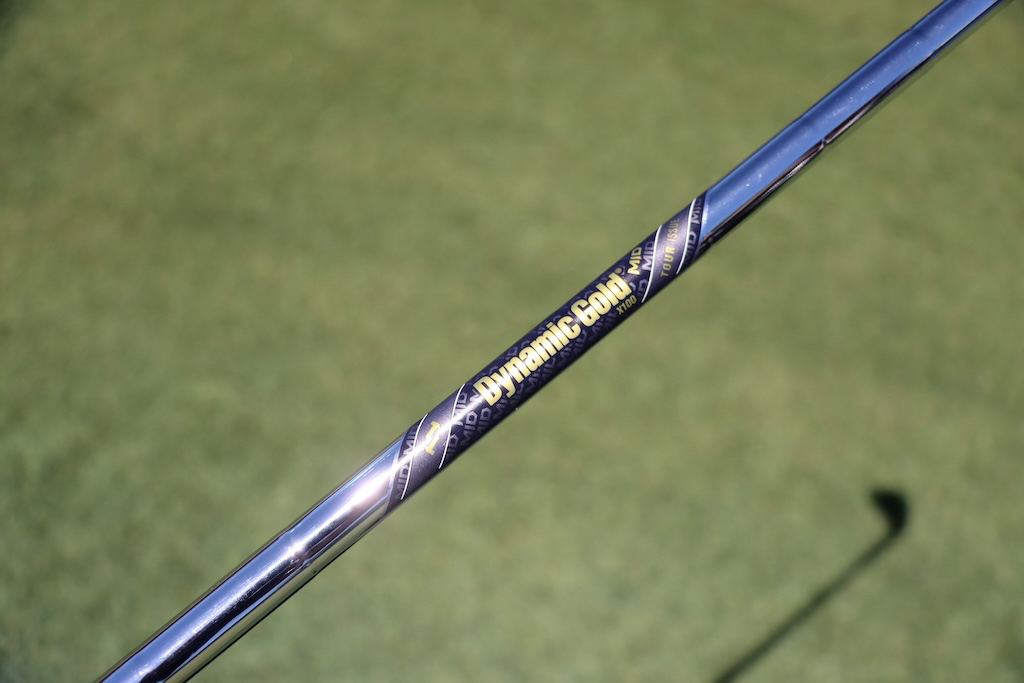
Wedges: Cleveland RTX6 ZipCore Tour Rack (50-10 MID, 54-10 MID, 58-10 MID, 60-06 LOW)
Shafts: True Temper Dynamic Gold Mid Tour Issue X100, S400
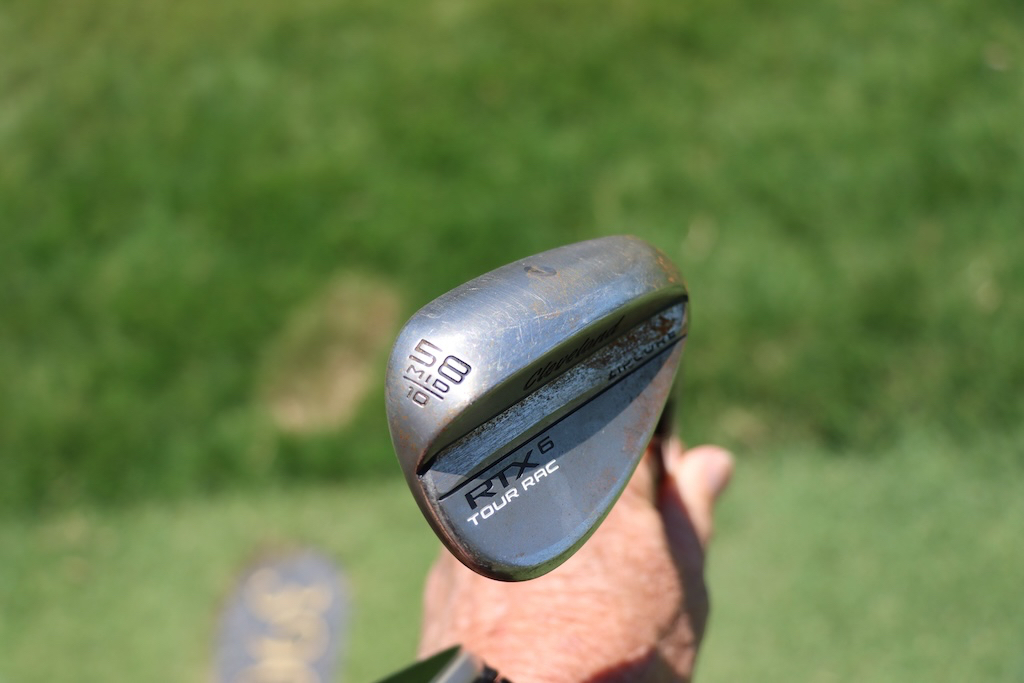
Putter: Scotty Cameron
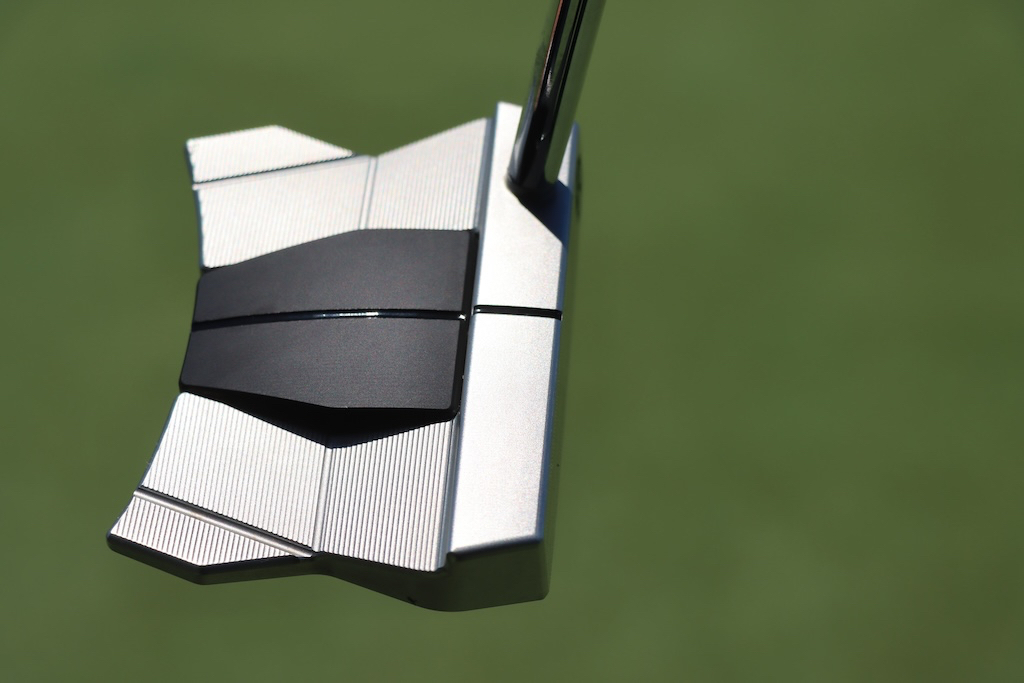
Grips: Golf Pride MCC Plus4
Check out more in-hand photos of Alejandro Tosti’s WITB in the forums.
- LIKE2
- LEGIT0
- WOW0
- LOL0
- IDHT0
- FLOP0
- OB0
- SHANK0
Whats in the Bag
Drew Brees WITB 2024 (April)
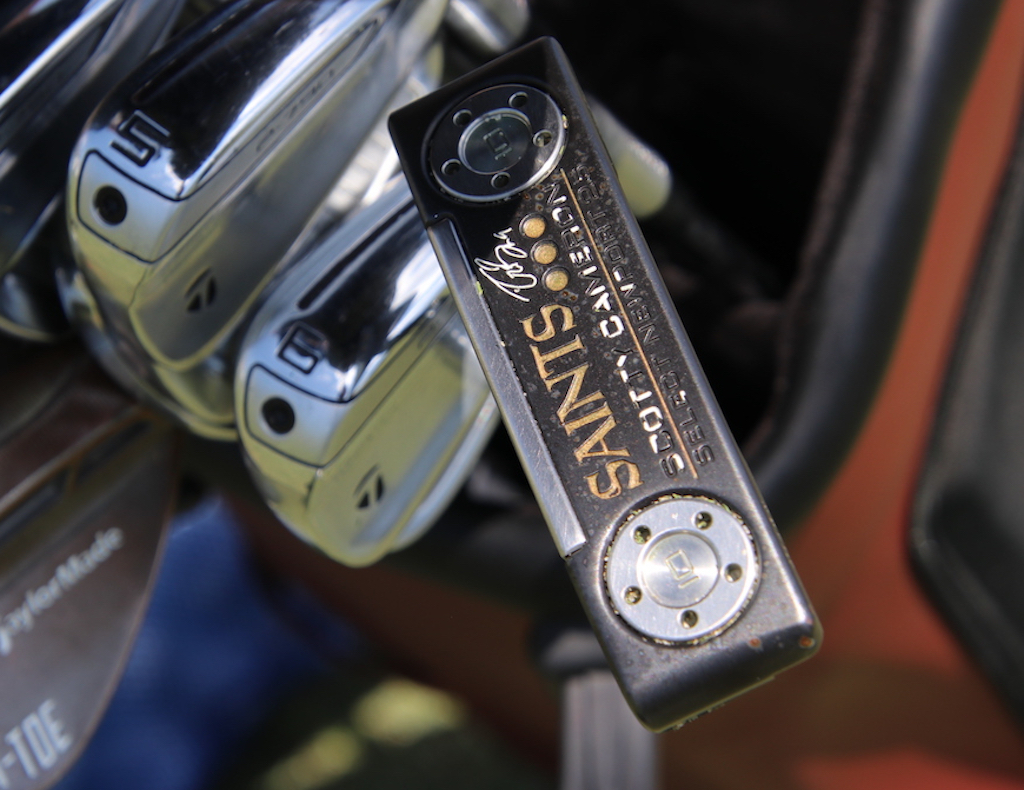
View this post on Instagram
Driver: TaylorMade Stealth 2 Plus (10.5 degrees)
Mini driver: TaylorMade BRNR Mini Copper (13.5 degrees)
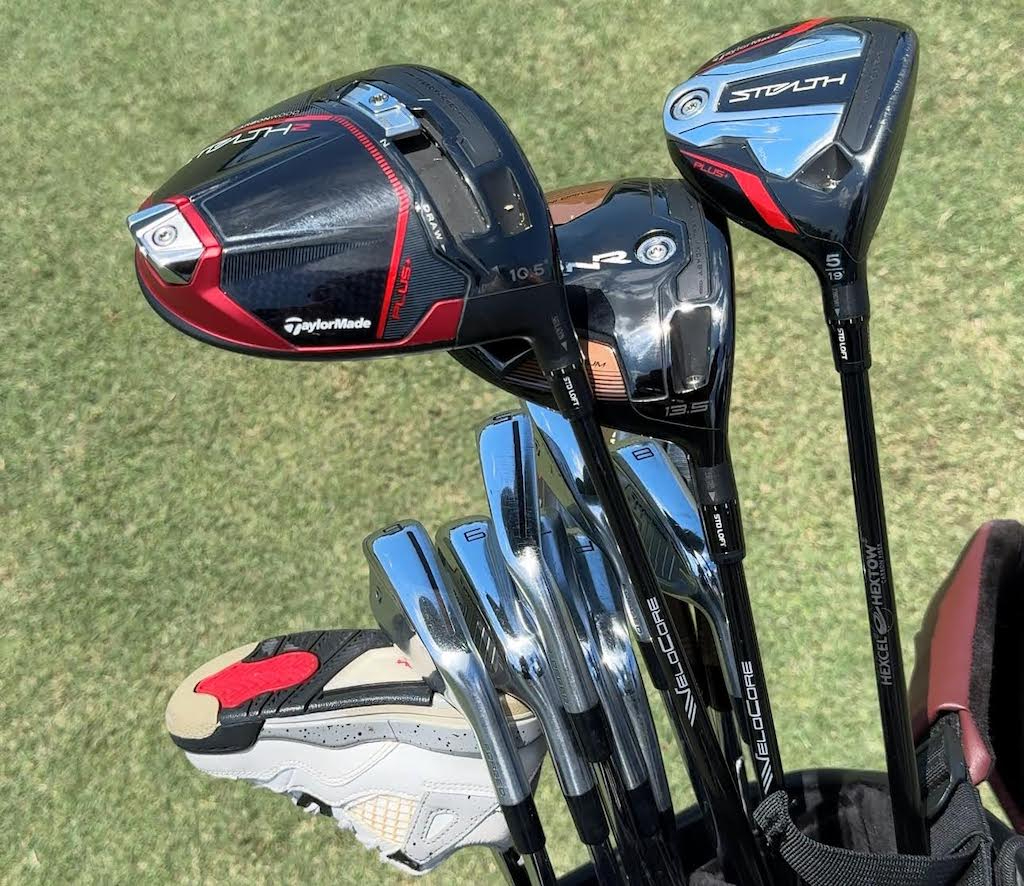
5-wood: TaylorMade Stealth Plus (19 degrees)
Irons: TaylorMade P790 (4-8, PW), TaylorMade P760 (9)
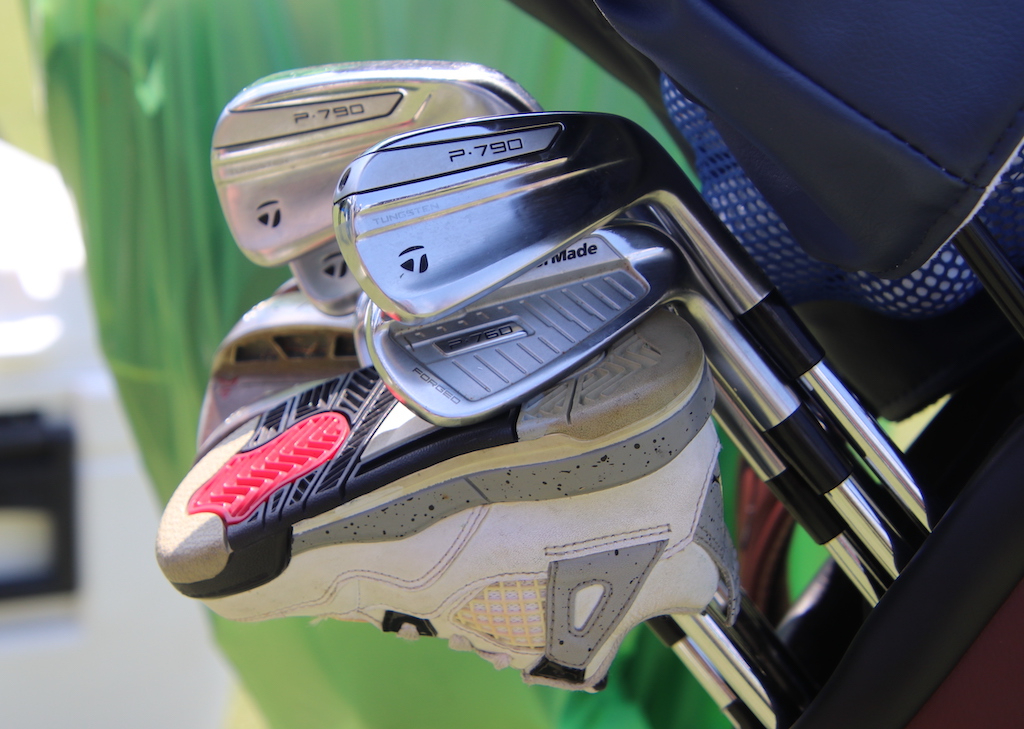
Wedges: TaylorMade MG Hi-Toe (52-09, 56-10, 60)
Putter: Scotty Cameron Select Newport 2 Prototype

Check out more in-hand photos of Drew Brees’ clubs here.
- LIKE1
- LEGIT0
- WOW0
- LOL0
- IDHT0
- FLOP0
- OB0
- SHANK0
-

 19th Hole2 weeks ago
19th Hole2 weeks agoDave Portnoy places monstrous outright bet for the 2024 Masters
-

 19th Hole4 days ago
19th Hole4 days agoJustin Thomas on the equipment choice of Scottie Scheffler that he thinks is ‘weird’
-

 19th Hole2 weeks ago
19th Hole2 weeks agoTiger Woods arrives at 2024 Masters equipped with a putter that may surprise you
-

 19th Hole3 days ago
19th Hole3 days ago‘Absolutely crazy’ – Major champ lays into Patrick Cantlay over his decision on final hole of RBC Heritage
-

 19th Hole2 weeks ago
19th Hole2 weeks agoTwo star names reportedly blanked Jon Rahm all week at the Masters
-

 19th Hole1 week ago
19th Hole1 week agoReport: LIV Golf identifies latest star name they hope to sign to breakaway tour
-

 19th Hole2 weeks ago
19th Hole2 weeks agoNeal Shipley presser ends in awkward fashion after reporter claims Tiger handed him note on 8th fairway
-

 19th Hole1 week ago
19th Hole1 week agoBrandel Chamblee has ‘no doubt’ who started the McIlroy/LIV rumor and why



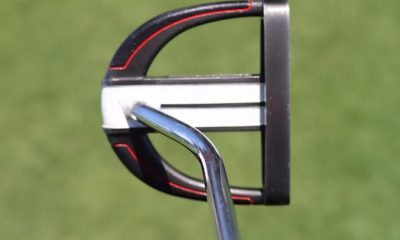







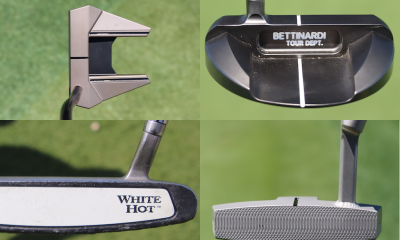

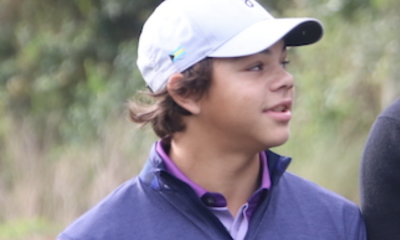

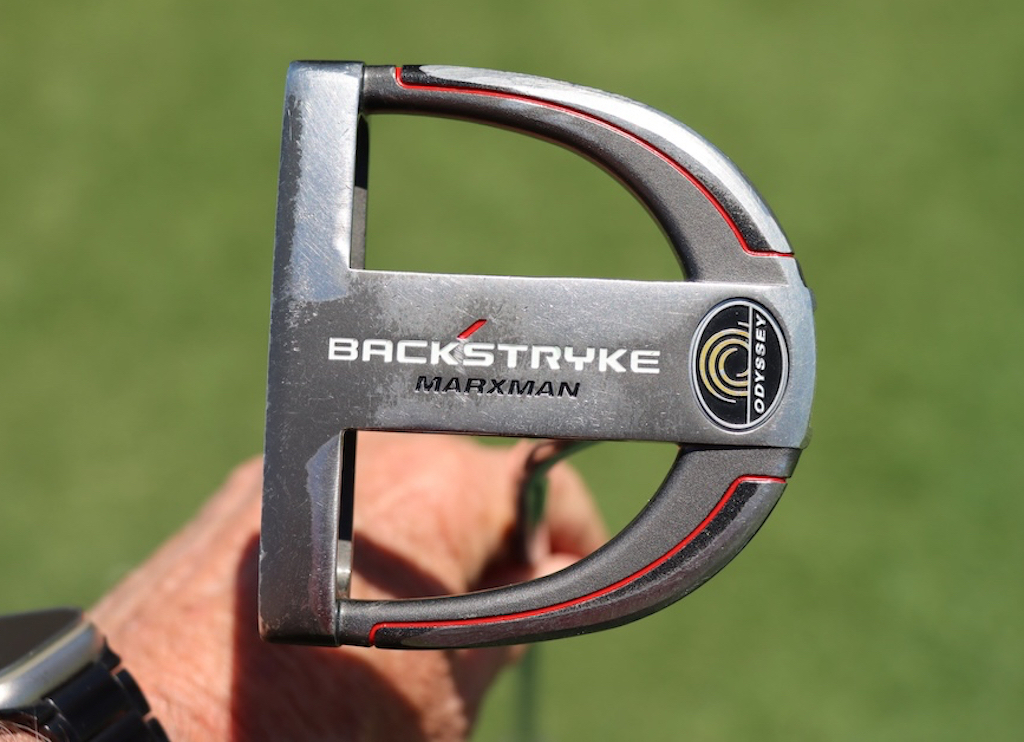









ChipNRun
Apr 5, 2021 at 12:04 am
I went for my first true driver fitting in 2008. My driver at time was an Air Zevo 9.5* with a stiff shaft. I was starting to lose distance.
I hit about eight drivers that day (before adjustable shafts came on strong). The finalists ended up being the Cleveland HiBore XL (the picture at top of article) and the Callaway HyperX Tour, both in 10.5* loft.
The launch numbers were the same, but the Callaway won out for ease of set-up (face 1* open). But, the HiBore was a tight second place.
Marc
Apr 4, 2021 at 8:11 am
Loudest driver ever.
I have hearing loss from hitting it under a canopy.
Brandon
Apr 4, 2021 at 11:36 am
I can attest to that. Got some really funny looks hitting the XLS in a enclosed range.
Cleveland's Biggest Fan
Apr 4, 2021 at 3:42 am
Several of my Kids played and won events with the Hi Bore. It is still one of my all time favorite drivers. Although I do have an original and a couple of the XL and XL Tours, I stashed about 5 of the XLS in different lofts. Cleveland – PLEASE COME OUT WITH AN UPDATED ADJUSTABLE VERSION.
Greg V
Apr 3, 2021 at 1:06 pm
HiBore 2-wood was a real winner. My daughter still plays hers.